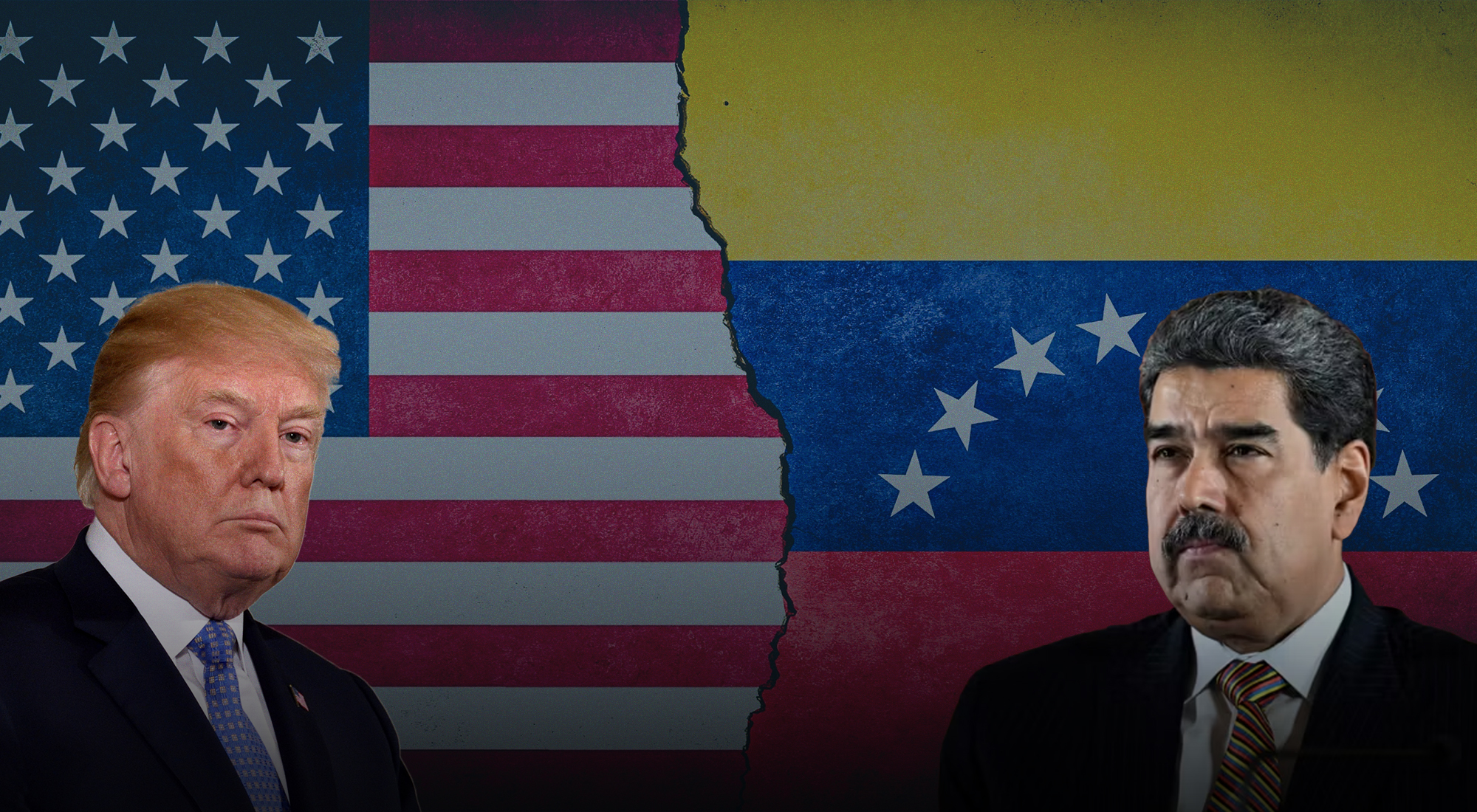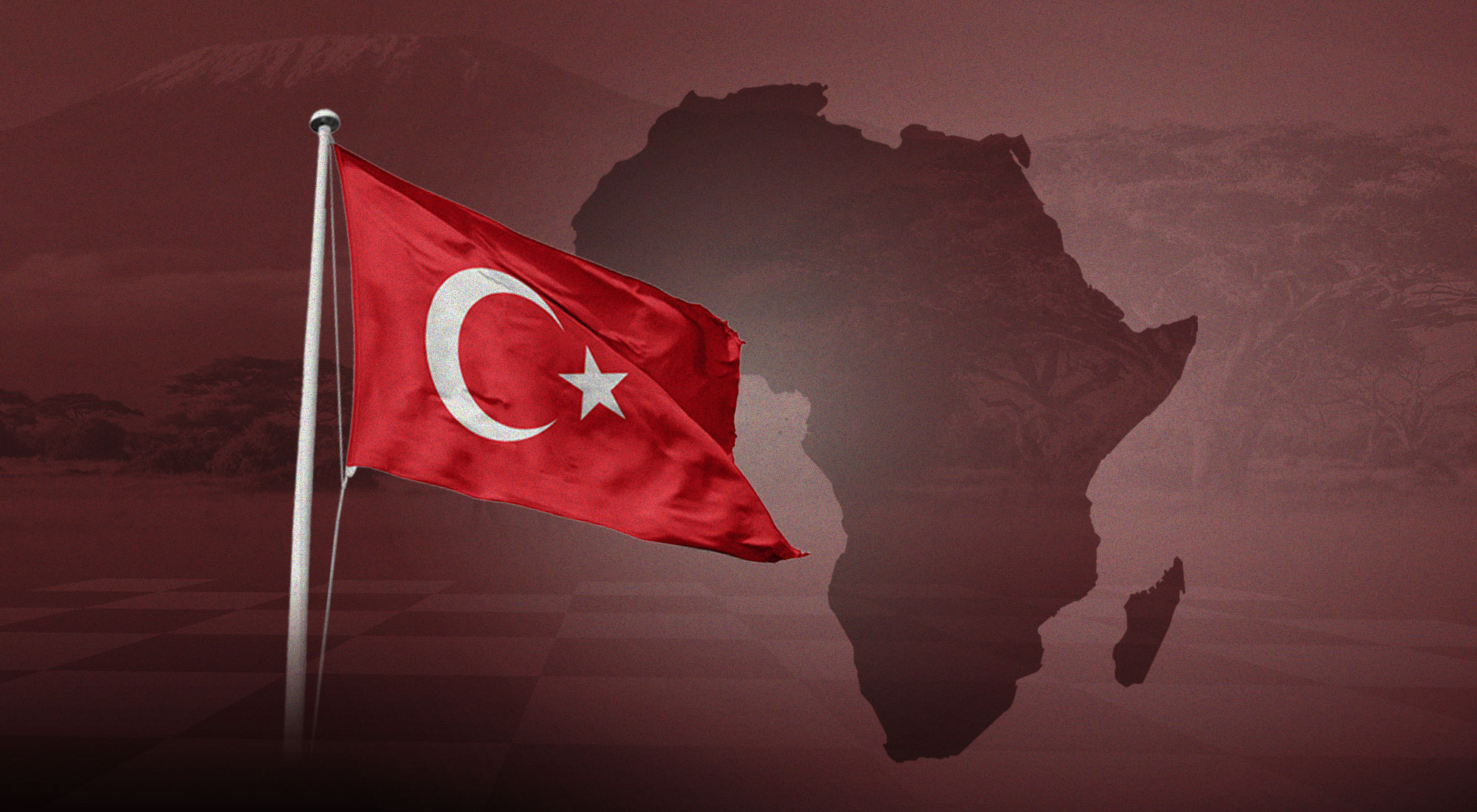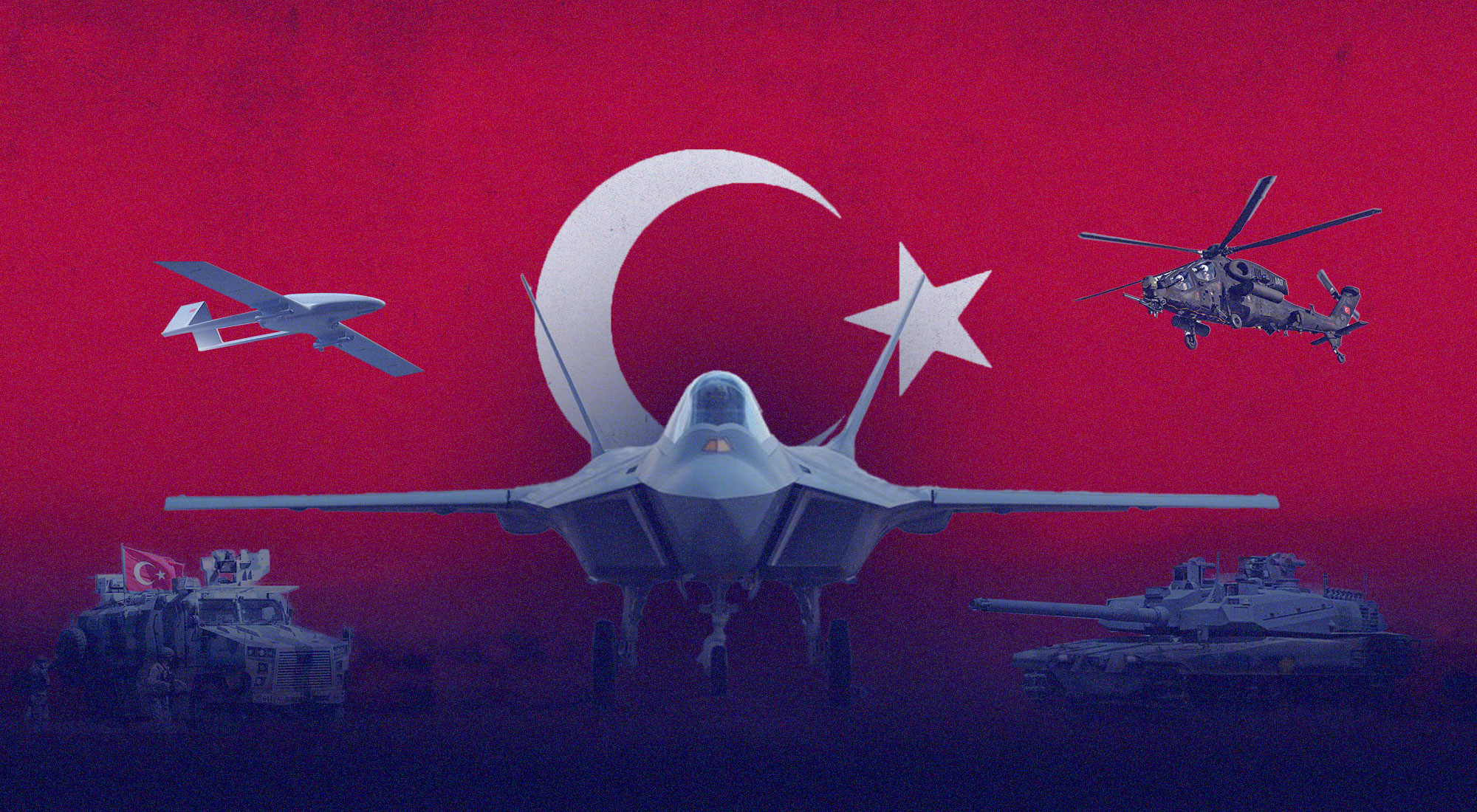Recent gains in Iraq by the US-led coalition have translated into clear losses for ISIS/Daesh. The territory controlled by the so-called “caliphate” shrunk 16% in the first nine months of 2016 and 14% in 2015. Iraqi military sources believe that the insurgency now controls less than 7% of Iraqi territory, down from 40% in 2014
These gains have been dovetailed by slow shifts in US policy in the war on Daesh that appear to be now accelerating under the administration of President Donald Trump. In Iraq and Syria, the new administration has increased the scope of its operation, introducing special operation forces on the ground dedicated to capturing and killing high value targets , it has beefed up the number of troops deployed on the ground and increased military support.
This Insight looks into the evolution of US-led effort on the war on Daesh starting from President Barack’s Obama initial promise to end America’s wars in the Middle east and its ‘No Boots On The Ground” pledge, to the slow “mission creep” witnessed in both Iraq and Syria that appears to be accelerating under Trump’s leadership. In March this year, Trump laid out plans for a military buildup in his first budget request, and asked Congress for an extra $30 billion for the military this year. The amount includes money to “accelerate the campaign to defeat the Islamic State of Iraq and Syria,” wrote Trump in his message to Congress.
“Putting an end to America’s wars in the Middle East”
At the start of his presidency, Barack Obama promised to scale back military involvement in the Middle East and to end America’s wars there. In August 2013, following a chemical attack by the Assad regime on the Eastern Ghouta, which killed over 1400 people, Obama promised that he would “not put American boots on the ground in Syria,” adding, “I will not pursue an open-ended action like Iraq or Afghanistan. I will not pursue a prolonged air campaign like Libya or Kosovo”. After the Assad regime and Russia agreed to a plan to dispose of chemical weapons, U.S. threats of airstrikes subsided. Yet nearly concomitantly, a terror organization calling itself the Islamic State of Iraq and Syria, formed by a convergence of interests between the remnants of Al-Qaeda in Iraq and the Sunni Baathist regime of fallen dictator Saddam Hussein, had started expanding its foothold in Iraq and Syria. Despite the growing threat posed by the group, in May 2014, Obama affirmed that while he took the threat of terrorism seriously, and that it remained “the most direct threat to America at home and abroad”… “a strategy that involves invading every country that harbors terrorist networks is naive and unsustainable.”
Daesh continued its steady rampage in Syria and Iraq. In early August 2014, thousands of Yazidis, an Iraqi religious minority, were kidnapped, killed and their women taken as slaves by the terrorist group. Over 40,000 survivors fled on Mount Sinjar in Kurdistan while Kurdish Pehsmerga fighters tried to stave off Daesh’s advance on the Kurdish capital Erbil, also home to large US oil companies, a US consulate, and a military base. It was only then that Obama authorized airstrikes against Daesh. By September 2014, Obama made clear that the U.S. would continue and expand the battle against Daesh. The US also formed The Global Coalition to Counter ISIS. By then, Daesh had circulated videos showing the execution of American hostages and had promised its opponents Armageddon. In a statement at the United Nations, Obama vowed that the U.S. would “degrade and ultimately destroy” the group. Yet the American president still maintained that “We will not get dragged into another ground war in Iraq.” It was clear Obama began the military campaign with a slow commitment to unclear goals and objectives.
By October, 2014, The Pentagon had spent $1.1 billion on the campaign against Daesh. The spending also accounted for the deployment of over 1,300 U.S. troops for training and advising Iraqi and Kurdish forces, funding intelligence and other military support. The military effort against Daesh was labeled Operation Inherent Resolve. By 2015, the war on Daesh started to see progress, with US officials estimating over 6000 militants were killed by coalition strikes. The US-led coalition was also going after Daesh finances, striking oil infrastructure in Iraq and Syria that had been captured by the group. In October, US planes targeted the Omar oil Field in Syria , while coalition warplanes also destroyed small mobile refineries and collection points used by Daesh and people implicated in the oil smuggling. In addition, the United States has worked with the Iraqi government to shut down about 90 banks that were operating in Daesh controlled territory. It had also sanctioned key figures in the organization to cut off the group’s access to international financial channels. As of December 2015, ISIS forces had been degraded significantly, the group had losing about 40 percent of their land in Iraq and 20 percent in Syria.
By that time, Daesh has shifted to a defensive position:
“The organization was leading diversionary and probing attacks to forestall any upcoming anti-IS operations elsewhere in Iraq and force anti-IS forces shift resources to re-secure targeted areas”.
Experts interviewed by the author in December 2015 recommended several changes to improve the efficiency of military operations. They thought coalition forces should show more flexibility in ordering strikes. Improved flexibility would mean firstly relying on ground tactical controllers deployed in the vicinity of the target who would be communicating directly with the pilot and giving final guidance on the strike. Secondly, it was also deemed necessary to change the Rules of Engagement (ROE). Experts also added that the number of coalition fighters deployed in Iraq had to grow. Around December 2015, the United States had some 3,500 troops in Iraq, mostly working as advisers and trainers for the country’s security forces.
Ramping up the military effort from 2016 onward
In early 2016, the U.S. announced a new plan for fighting Daesh;. the terror group was to be fought like a conventional enemy, “relying on traditional military tactics such as maneuver-style warfare and attrition”. The new strategy coincided with the October appointment of, Lt. Gen. Sean MacFarland, former commander of the First Armor Division, as the first flag officer to oversee all anti-Daesh operations in both Iraq and Syria. The new U.S. strategy replaced the previous approach, dubbed the “Iraq First Strategy,” according to an interview conducted in April 2016 by the author with Colonel Steve Warren, the spokesperson for the U.S. -led coalition on ISIS. The colonel highlighted attacks on ISIS strongholds would take place simultaneously aiming at sowing confusion paranoia, and destroying command forces, dismantling enemy lines and fracturing its presence over territory. Training would also be beefed up, at the time the U.S. led coalition forces had trained about 20,000 Iraqi soldiers in six training centers across Iraq which included fundamentals in ground combat, specialty courses such in the field of commando operations, engineering and tank maneuvering, medical training communications, sniper shooting among many others. More than 5000 tribal Sunni forces had been trained at that point according to Colonel Warren. In the same month of April, Obama also announced an expansion of U.S. forces in Syria from 50 to 300 forces aiming at helping train and assist rebels fighting ISIS. That same month U.S. Defense Secretary, Ashton Carter said the White House would support the deployment of additional forces. According to Pentagon figures released at the time, there were 3,870 troops deployed in Iraq. By September that same year the number had increased to 5,000 U.S. personnel deployed in Iraq. In October, a U.S. soldier was killed during a rescue mission at a Daesh controlled prison in northern Iraq. The operation underlined the U.S. stepping up direct action by special operations against high-value targets. In such operations, special commandos would be used in assassination missions targeting ISIS leaders, rescuing hostages and intelligence gathering.
President Trump Ramps up the War Effort
As of February 2017, Pentagon officials admitted there were about 5,225 troops in Iraq. That number was in addition to the roughly 500 deployed in Syria. Analysts expected the U.S. foothold in Syria to rise to 5000 U.S. personnel according to a new plan delivered by Defense Secretary James Mattis. Also in February, Army General, Joseph Votel, Head of U.S. Central Command, told reporters that the U.S. might provide artillery support to the U.S.-backed Syrian Democratic Forces closing on the ISIS stronghold of Raqqa. Joint Chiefs Chairman General Joseph Dunford declared that the U.S. was looking to the possibility of a long-term presence of U.S. troops in Iraq following the ouster of Daesh from its last remaining stronghold in the northwestern Iraqi city of Mosul. Interestingly by April this year, the Trump administration stopped disclosing information about U.S. military involvement in Iraq and Syria, in a marked departure from Obama’s administration. Earlier this month, 400 Marines were deployed to northern Syria to support local militias fighting Daesh, according to U.S. officials, which would put the number of U.S. military deployed in Syria at 900. It is also believed that the U.S. has seven military bases in northern Syria located in Qamishli, Ain Issa, Kobane, Hasaka and Tal Abyadh regions. An additional 300 Paratroopers were sent to help the Iraqi military in Mosul. Besides ramping up the number of troop in its fight, the U.S. appears to have further relaxed the ROE which might account for the increasing civilian death toll. In March alone there were about 1000 civilian casualties in Iraq. Residents of the Iraqi city of Mosul report that as many as 200 civilians were killed in airstrikes in their city in, including one strike on March 17 which may have taken the lives of more than 100 people.
What’s Next for U.S. Policy?
U.S. President Donald Trump’s call for a military plan to defeat the Islamic State is likely to be a more aggressive version of president Obama’s policy regarding U.S. troops on the ground. Even though Trump is deploying more personnel, it is not a major shift in policy or practice. In an interview with the author, Colonel (Ret.) Peter Mansoor, former executive officer to General David Petraeus in Iraq, believes Trump has been reticent to deploy more U.S. ground troops in the region. Mansoor explains “He (Trump) has supported greater use of airpower and more raids, which is simply ramping up the Obama administration’s counter-ISIS strategy by a matter of degree.” It is doubtful that Trump policy will make major changes to a so far successful strategy relying essentially on local forces instead of putting U.S. troops in danger through direct action. The Pentagon could, however, increase the number forces, beyond the roughly 7,000 American troops deployed in Iraq and Syria. The Pentagon could also bring in more artillery, and increase the number of small-scale air strikes and special operations raids combined with small combat forces and advise and assist personnel. Such a strategy could double the number of U.S. personnel in Iraq in Syria to about 14,000. This increase could be followed with a more flexible and permissive ROE.
However, the victory of the U.S.-led coalition in over Daesh in its strongholds of Mosul and Raqqa could create fresh conundrums for the Trump administration. To assert a decisive blow on Daesh would require some sort of political deal in both these countries authorizing a long-term U.S. presence in both countries, something that would clash with Trump’s America First Strategy. The new U.S. president has nonetheless shown that he it taking a flexible approach to his electoral promises and America First could include greater involvement in Iraq and Syria in the medium-term future.








